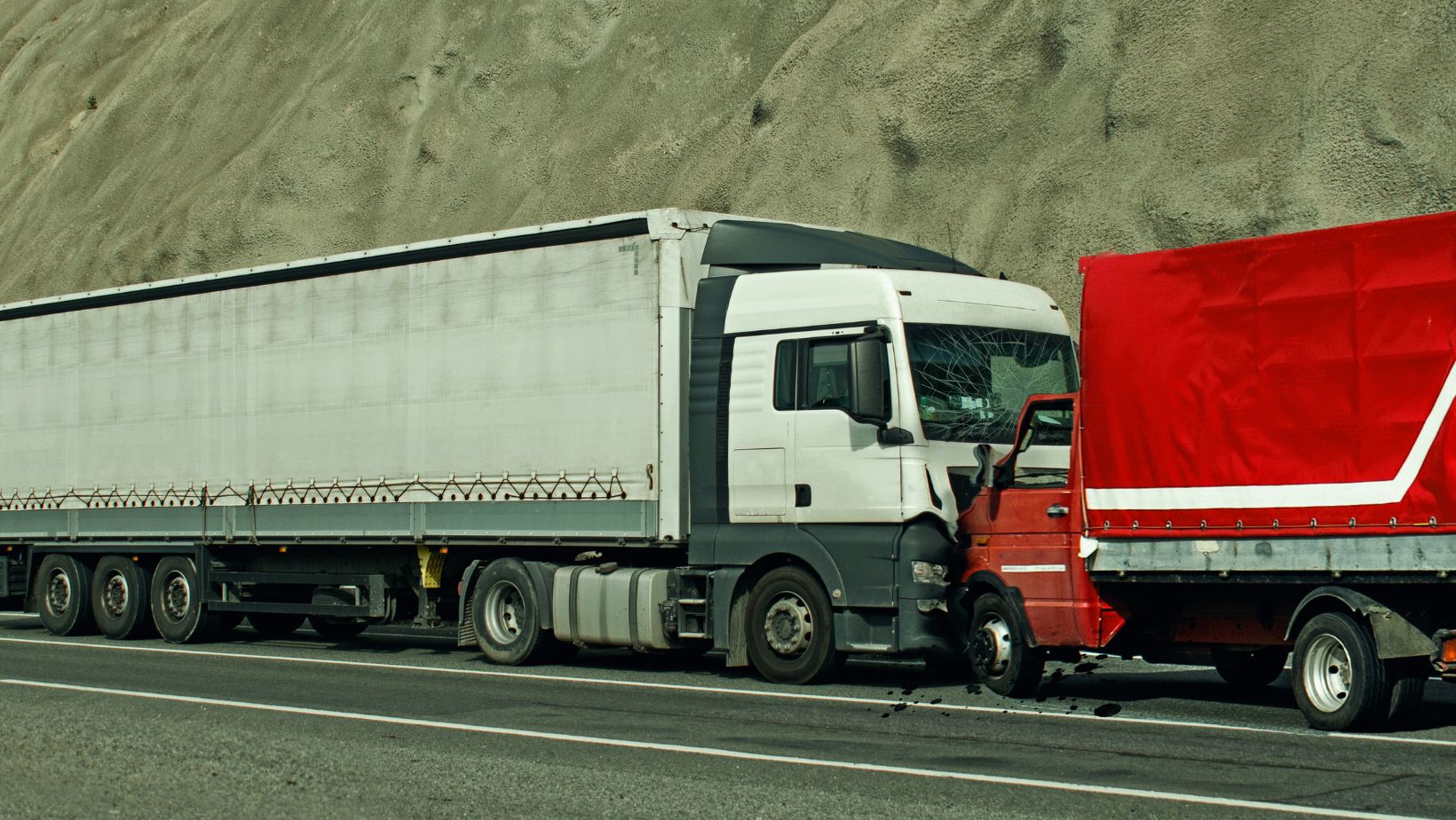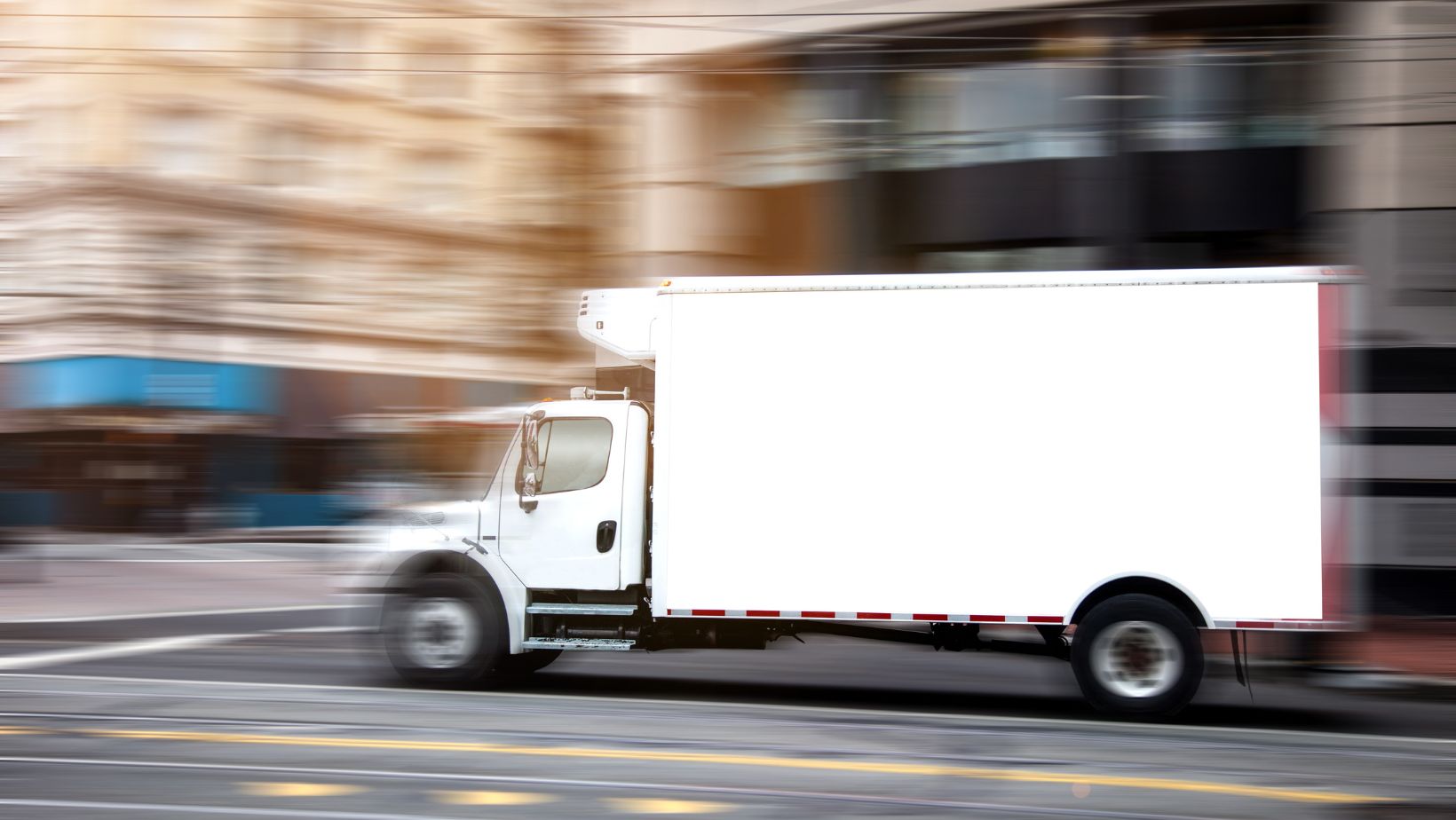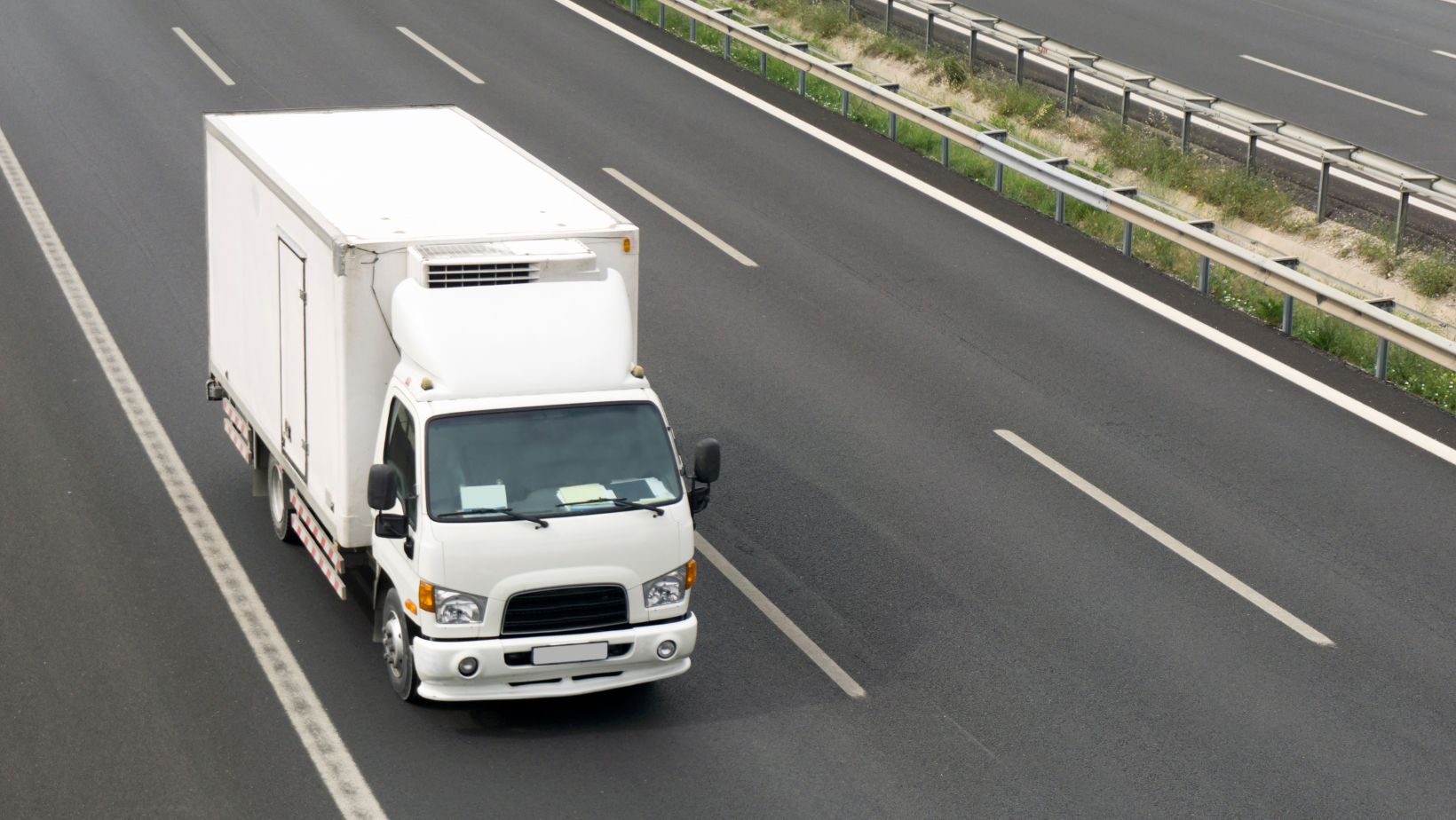
As online shopping and on-demand services continue to expand, delivery trucks have become a constant presence in cities and towns. Nowhere is this more evident than in busy commercial zones, where these large vehicles often maneuver through narrow streets, tight loading areas, and crowded intersections. While their role in modern commerce is undeniable, delivery trucks also pose significant risks to public safety—particularly when safety protocols are overlooked or rushed in favor of speed and convenience.
The nature of commercial zones, with their mix of pedestrian traffic, passenger vehicles, cyclists, and frequent stops, increases the likelihood of delivery truck collisions. These accidents often result in serious injuries or fatalities due to the size and weight of the vehicles involved. Understanding the unique hazards of delivery truck operations in congested areas is essential for prevention and accountability. Victims of such accidents may find crucial support through a Redmond truck accident lawyer who understands how to navigate these complex cases.
Increased Traffic and Limited Space
Commercial districts are typically designed to accommodate both business activity and high volumes of foot and vehicle traffic. When delivery trucks enter the picture, these already congested spaces become more dangerous. Double parking, illegal stops, and narrow alleys increase the risk of accidents involving pedestrians or smaller vehicles.
Large trucks require additional time and space to turn, stop, and maneuver. In areas with limited visibility or obstructed sightlines, drivers may not see a cyclist or pedestrian until it’s too late. These factors contribute to an elevated risk of collisions, especially during peak hours when delivery activity and public movement overlap.
Time Pressures and Risky Driving Behavior
Delivery drivers often work under intense pressure to meet tight deadlines. The demand for rapid deliveries can lead to speeding, rolling stops, and failure to yield—all behaviors that compromise public safety. These choices, driven more by scheduling expectations than recklessness, still place others at serious risk.
In busy commercial zones, where quick decisions must be made in crowded settings, these time pressures become even more hazardous. A rushed turn or missed stop sign can have catastrophic consequences. Employers who set unrealistic schedules without accounting for safety procedures may share responsibility when accidents occur.
Blind Spots and Pedestrian Vulnerability
Large delivery trucks have substantial blind spots on all sides, particularly near the rear and along the right side. In areas where people cross streets, walk between parked cars, or navigate around loading zones, this limited visibility can result in tragic accidents.
Pedestrians are especially vulnerable in these situations. Even at low speeds, a delivery truck can cause life-altering injuries if the driver fails to detect someone walking or standing nearby. Awareness of blind spots and proper use of mirrors and safety cameras are crucial for reducing these incidents, yet not all companies prioritize this type of training.
Loading and Unloading Hazards
Loading zones in commercial areas are often chaotic, with limited space and overlapping functions. Delivery personnel may unload packages directly into pedestrian walkways or block traffic lanes without proper signage. This creates confusion and forces pedestrians and drivers to navigate around unpredictable obstacles.

Poorly managed loading and unloading activities contribute to sudden stops, reduced visibility, and dangerous rerouting of foot traffic. These situations increase the likelihood of falls, collisions, and confrontations. Clear loading zone policies and enforcement can help prevent accidents stemming from this kind of disorganization.
Negligent Maintenance and Vehicle Failures
Delivery trucks operating on tight schedules may not receive the regular maintenance required to keep them roadworthy. Worn brakes, faulty lights, underinflated tires, or malfunctioning mirrors can all increase the risk of accidents. Maintenance shortcuts are especially dangerous in high-density areas where any mechanical failure can have immediate consequences.
When companies fail to inspect or repair their vehicles in accordance with safety standards, they put both their drivers and the public at risk. Accidents that result from neglected maintenance often involve multiple injuries or substantial property damage, triggering significant legal and financial consequences.
Employer Liability and Company Oversight
In many delivery truck accidents, the actions of the driver are not the only contributing factor. The company that hired and trained the driver may also be held liable, especially when unsafe practices are systemic. Poor hiring decisions, inadequate training programs, and unrealistic delivery quotas can all lead to dangerous outcomes.
Establishing employer liability requires a thorough investigation into company records, policies, and past incidents. When systemic issues are uncovered, holding the company accountable not only helps victims receive fair compensation but also encourages safer business practices going forward.
Injuries and Long-Term Impacts
Collisions involving delivery trucks are rarely minor. Due to the size and weight of these vehicles, accidents often cause serious harm with effects that extend far beyond the initial crash. Understanding the full scope of injury is vital when pursuing compensation.
- Common physical injuries include spinal cord damage, traumatic brain injuries, broken bones, and internal bleeding.
- Victims may face long-term or permanent consequences, including chronic pain, paralysis, or limited mobility.
- Extensive medical treatment is often required, such as surgeries, physical therapy, and ongoing care.
- Time away from work can result in lost income, job instability, or even the inability to return to prior employment.
- Emotional and psychological effects—like anxiety, depression, and post-traumatic stress disorder (PTSD)—frequently follow traumatic crashes.
- Loss of independence or lifestyle changes can affect a victim’s quality of life and relationships.
The Importance of Legal Support
Victims of delivery truck accidents face a complex legal landscape. Determining liability may involve multiple parties, including the driver, the employer, maintenance contractors, or even third-party logistics providers. Navigating insurance claims and building a strong legal case requires experience and attention to detail.

Legal support ensures that all responsible parties are identified and held accountable. An attorney familiar with commercial vehicle regulations and personal injury law can help collect evidence, secure expert testimony, and negotiate settlements or pursue litigation when necessary. This guidance is critical for victims hoping to achieve a fair and just outcome.
Building Safer Commercial Zones for the Future
As cities grow and the demand for rapid delivery continues to rise, commercial zones must evolve to prioritize safety. Creating designated delivery lanes, expanding loading zones, and enforcing traffic rules can help reduce the risk of accidents. Urban planning that considers the flow of both goods and people creates a more balanced and secure environment.
Improved driver training, better oversight from employers, and community awareness are all essential components of a safer system. Through a combination of policy changes and legal accountability, communities can work toward preventing delivery truck accidents and protecting those who live, work, and walk in commercial areas every day.







